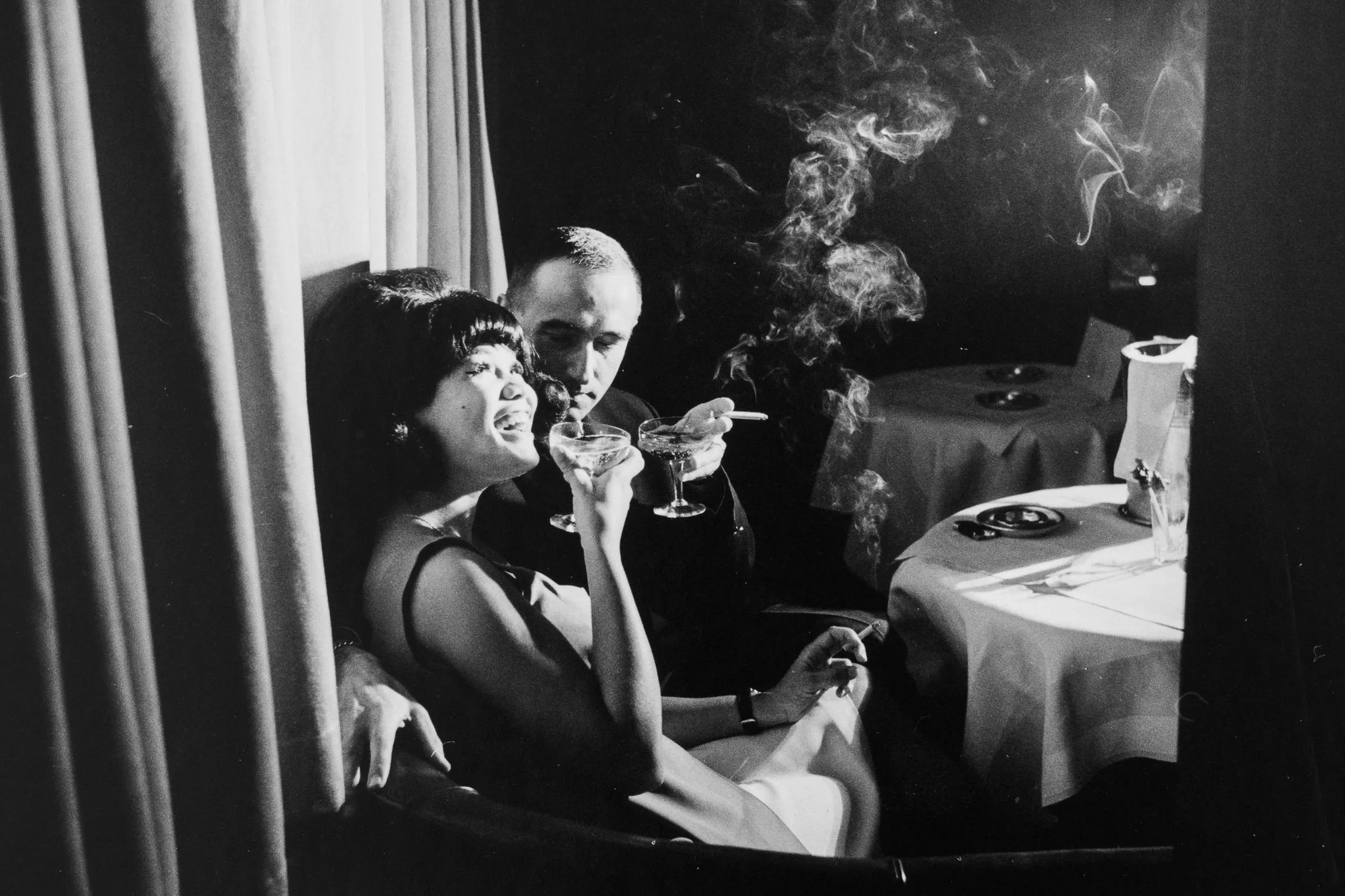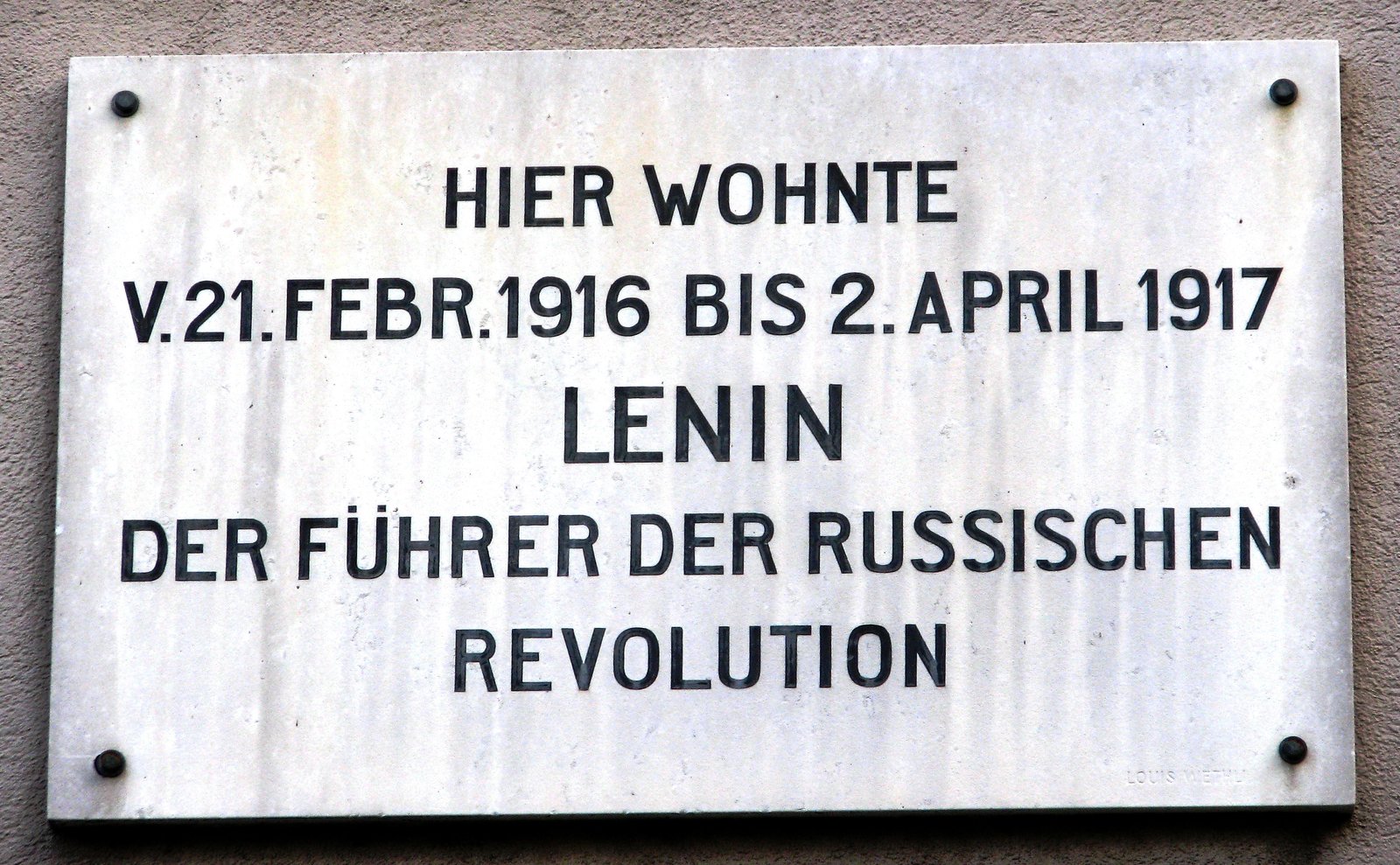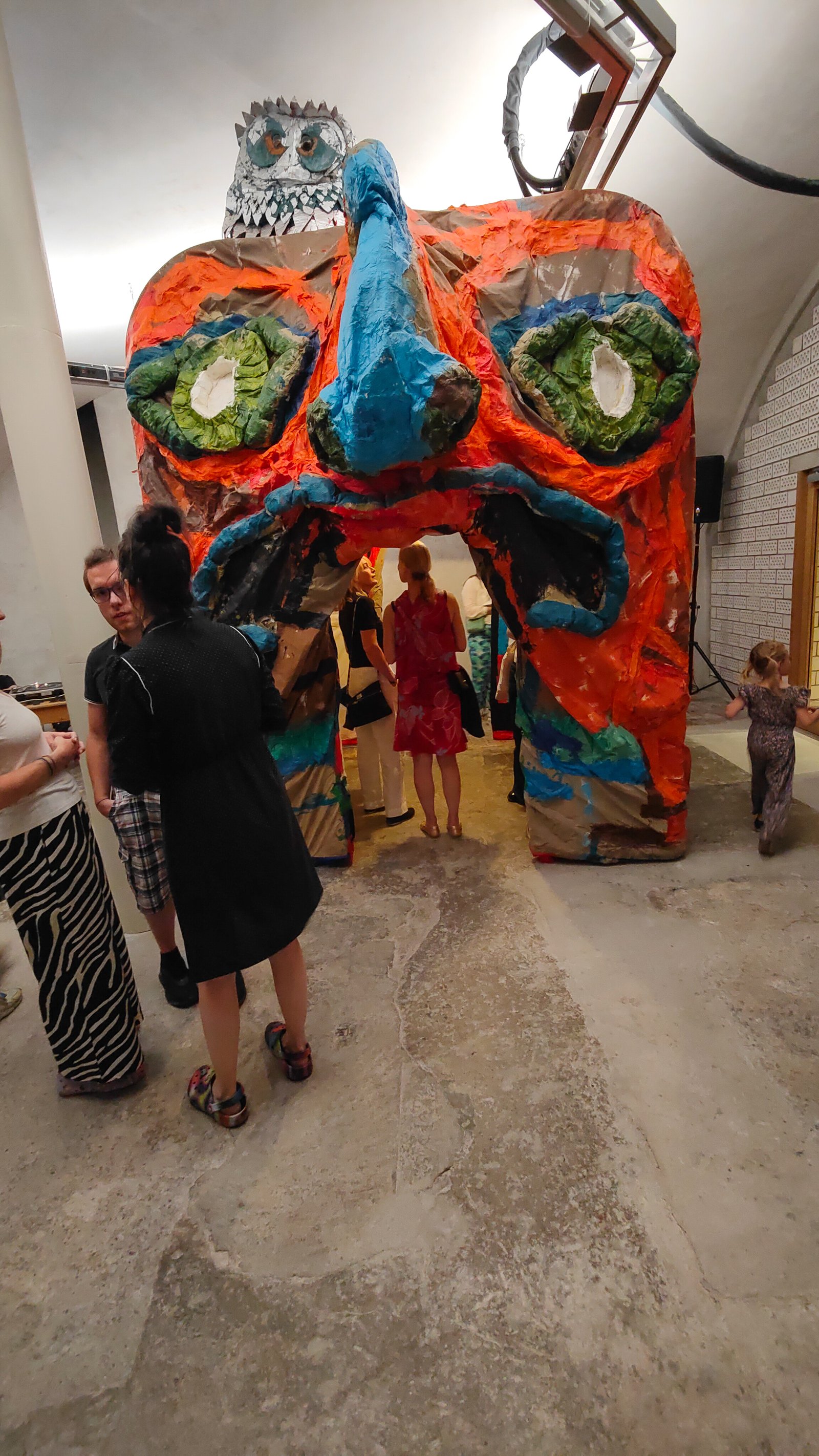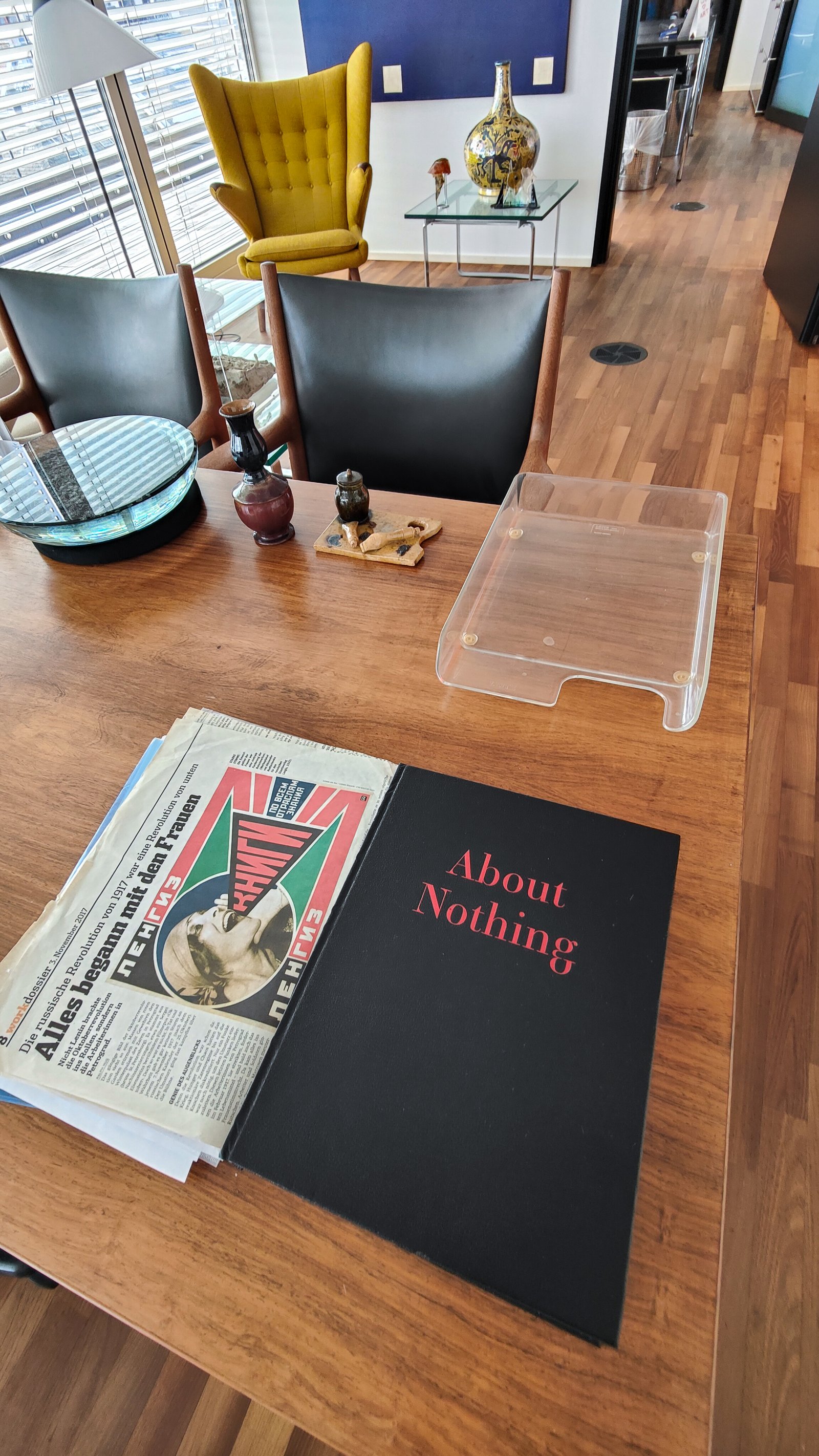Zurich, the Art Weekend’s capital
You need to know Zurich’s background to understand why its Art Weekend is more than just the smartest preface to Art Basel
Where the most important Art Weekend on the art calendar, along with that of Berlin, is held, is a gray and stiff city (bourgeois by vocation, with chastened manners and religiously devoted to the “vile denaro”) to which a second urban cloud mirrors it with curious effects: far more vital if not restless, rich in creative impulses, nonconformist, and even uncontrolled. The narrative of Zurich as a two-faced creature placidly nestled at the foot of the Alps has taken on the traits of a true literary topos: there is no article, in-depth study, or reportage that has managed to escape the rhetorical trap of making it the trigger of its own narrative. The ploy might have been fine ten, twenty years ago; now we are really out of time. The other Zurich—let’s call it that—no longer needs to be emphasized: it pulses by tradition—pandering to the genius loci—and manifests itself for what it is, sometimes even institutionalizing itself and interweaving fruitful interlocutors with its “official” counterpart, to the clear benefit of the whole local community and for the appeal exerted on the international stage.

Given that—let’s point this out—nothing happens by chance, it would be enough to look back to remember that current events are always rooted in the past and to understand how, in this Zurich case, the widespread “surprise effect” mentioned above is just the result of a certain lack of awareness. To delve deeper, one would have to leap five centuries and go back to the time of Ulrich Zwingli (1484-1531), a theologian and military man who founded the Swiss Reformed Church. On the shores of the Zurichsee, Zwingli had images depicting Our Lady and Saints removed, banned their worship, ordered sermons to be delivered in the vulgar language, closed monasteries and abolished ecclesiastical celibacy. Amidst all this upheaval, he opened his arms to Protestants persecuted by Catholicism, thus initiating that tradition of tolerant hospitality, which is somewhat the immortal specialty of the house—a “house” in which, in the first half of the 20th-century, intellectuals, pacifists, and revolutionaries from all over Europe were accommodated. This includes, as is well known, the Bolshevik Lenin, who from 1916 to 1917 lived in the quiet Spiegelgasse, at No. 14. Before taking the plumbed train that brought him back to his homeland, the founder of the USSR sat in the Zentralbibliothek to read newspapers for free, ate tortellini at the canteen of the Italian Cooperative Society on Strassburgerstrasse, and frequented the Odeon, opened in 1911 on Bellevue Platz, a famous Viennese-inspired Art Nouveau café also liked by James Joyce, Albert Einstein, Stefan Zweig, Hans Arp, Thomas Mann and many others. Because the First World War was raging on the rest of the continent, and there were many—among artists, thinkers, and exponents of the cultural galaxy—who took refuge here, in neutral Switzerland.

Zurich was the very epicenter of the European avant-garde, the highest and most anarchic showcase of which was the meeting place founded in February 1916 by Hugo Ball and his future wife, Emmy Hennings, at No. 1 on the aforementioned Spiegelgasse, just a few steps away—lo and behold—from the home of Lenin, who, bothered by the noise that had become habitual, apparently did not hesitate to call the police. The aura surrounding Cabaret Voltaire and the Dada movement, to which it served as the cradle, never ceases to fascinate. It was only open for five months, but that was enough. Later, the place would change its name several times. In recent decades it had become the Castel Pub, then the Nachtcafé, only to end up empty and run-down. Until February 2022, when a spontaneously formed collective of artists and agitators took possession of the building, reviving it in the memory of the ferments of yesteryear: “We regret that at the last change of ownership the city of Zurich did not buy the building to renovate it and give Dadaism back the space it deserves,” the idealist-squatters put on record. Their protest was successful. Today, the Cabaret is a living place. All that remains of the original rooms is the column at the front of the hall, but on the left side there is still a small wooden stage where experimental actions continue to be staged. “Cabaret Voltaire was and remains a place open to honest criticism and interdisciplinary exchange, moving from instances that have the same urgency as when they were first expressed in 1916,” say its promoters. What about the rest of the Zurich scene? How has it changed over the decades?

Among the turning points, Daniel Baumann, director since 2014 of Kunsthalle Zürich, turns the spotlight on the late 1970s, with its load of counter-cultural unrest. He explains, “At that time, a new generation of artists, activists, curators, and publishers emerged, reclaiming (and sometimes occupying) exhibition spaces and venues for music, theater, and performance. It was a time of cultural engagement, political activism and “guerrilla” demonstration actions. This included Bice Curiger (among others, co-founder of Parkett magazine, since 2013 artistic director of the Fondation Van Gogh in Arles and author of the chronology of the punk movement in Zurich that we published some time ago—link, ed.), artists Peter Fischli, Klaudia Schifferle, and David Weiss, future editors Patrick Frey and Walter Keller—and many, many others. We also recall Harald Szeemann, who surprised the public with his exhibitions at Kunsthaus Zürich in the 1980s and 1990s.” It is a context to which is reinforced by the work of a very dynamic network of galleries: “Already in the 1970s there was an international scene with Gimpel & Hanover Galerie, Galerie Maeght, and Marlborough Galerie; to these must be added the initiatives of Annemaire Verna, Renée and Maurice Ziegler, Bruno Bischofberger, and Pablo Stähli, with high-profile avant-garde programs. The result was a community of collectors open to novelty, which is still active today.” The scene continued to evolve: “In the mid-1980s the Kunsthalle Zürich was founded, there were two very active art schools and good journals with ambitious critics—and there was Swiss banking secrecy, which attracted and allowed a lot of money to be hidden.” The boom of galleries and cultured collecting (such as that of publisher Michael Ringier) came around the mid-1990s, “with Eva Presenhuber, Hauser & Wirth, Peter Kilchmann, and Mai 36, just to name a few; and then came the 2000s, with the ‘Bonus Boys’ and the idea that contemporary art was ‘cool’ and therefore had to be bought.” Baumann concludes, “Here, politicians, the population, the whole city loves and promotes contemporary culture: art, but also theater, music, literature, design… It is part of a specific lifestyle. Zurich was and still is relatively small: people know each other, meet, discuss, have a drink, and visit exhibitions and events. It is a vibrant landscape of short distances, friendships and networks, but not so big as to be self-sufficient. People come and go, they bring back ideas or export them; there is a lot of exchange with other places. And that’s the reason it continues to thrive.”

Just how “thriving” this small metropolis is was confirmed very recently by the seventh edition—June 9-11—of Zurich Art Weekend, the launching pad for one of the central hubs of the entire contemporary art system. “Zurich is the airport for Art Basel,” Charlotte von Stotzingen, who is the Founding Director of the ZAW, told in an interview, “and we started in 2018 wondering how to take advantage of it. Basel is a fair that has been able to develop its commercial focus to the best of its ability, in part by sacrificing spaces for meeting and dialogue; our art weekend, on the other hand, bases its existence on opportunities for encounters. We are a nonprofit organization; the evolution of the event comes from our ability to network with so many different parties, and we also address different audiences. A patchwork of people comes together at our events, including established and emerging artists, creatives, researchers, scientists, collectors, journalists, and critics. We work as a ‘preview’ of Art Basel and reflect the energy of the Zurich ecosystem.” Then von Stotzingen continued, “Our goal is to make the best of art production accessible to everyone, through small, human-scale events that help people fully enjoy the experience. Zurich is a genuinely international city, which allows us to cultivate many relationships with foreign countries that are subsequently channeled into Art Weekend. But the event in recent years has also helped the local scene to grow, because it has connected the different realities – galleries, foundations, museums, ‘off space,’ universities – by allying them with each other.” In short: a very international, democratic and multidisciplinary weekend. Not bad, as a calling card of the genius loci that dwells in these parts.
May 31, 2024
